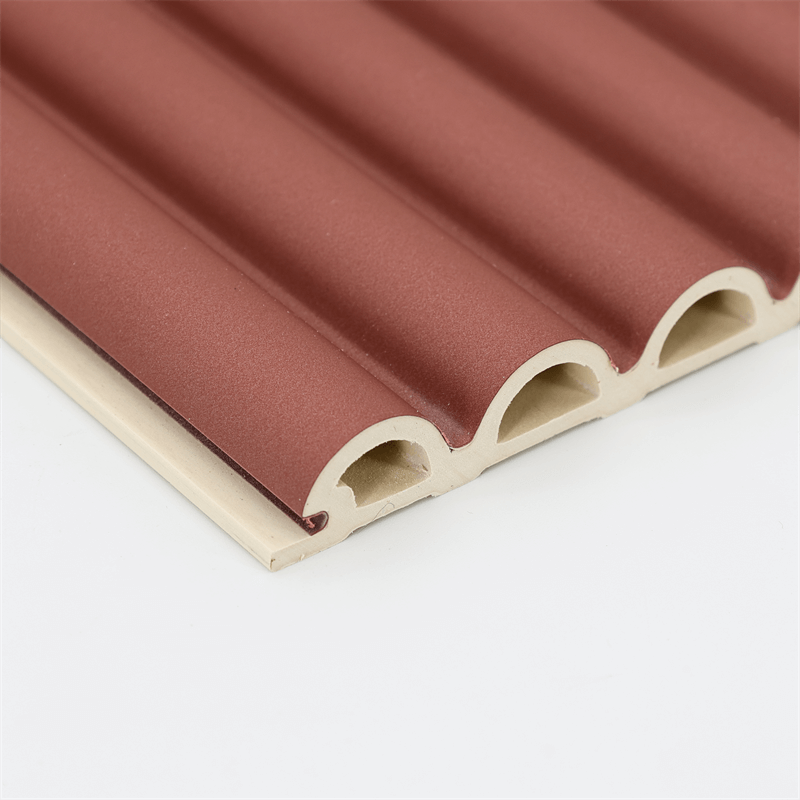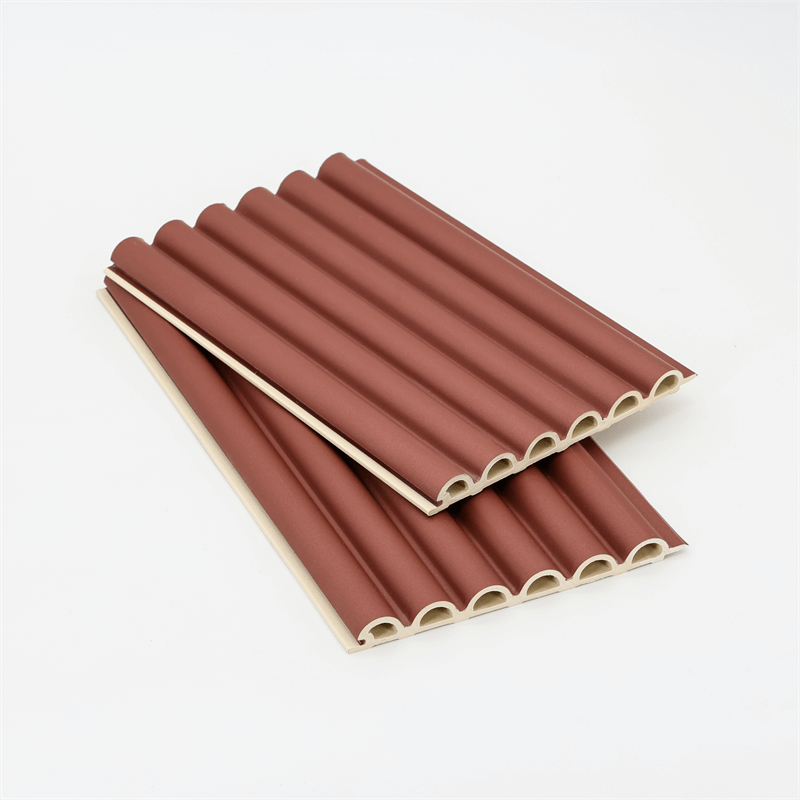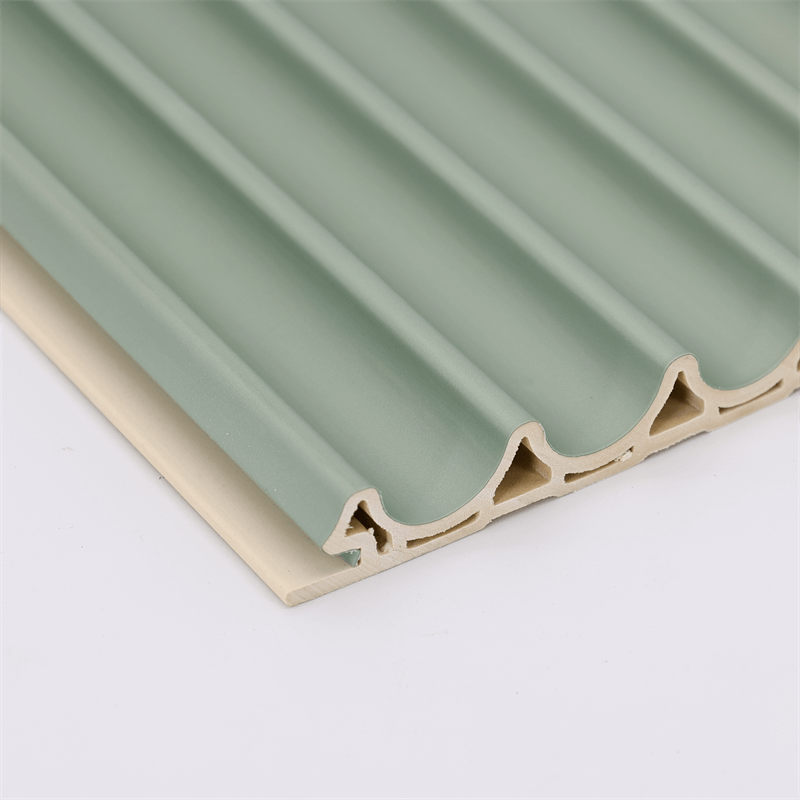Allergies can have a significant impact on an individual’s quality of life, particularly when triggered by indoor environmental factors.
For allergy-prone individuals, it is essential to create living spaces that minimize allergen exposure.
WPC (Wood-Plastic Composite) wall panels offer an ideal solution as they are hypoallergenic, resistant to allergen accumulation, and promote better indoor air quality.
This essay explores the advantages of using WPC wall panels for allergy-prone individuals, focusing on their hypoallergenic properties, ease of maintenance, resistance to allergen buildup, and contribution to a healthier living environment.
I. Understanding Allergies and Indoor Allergens:
- Allergies and their Impact: Allergies occur when the immune system overreacts to certain substances, known as allergens. Common indoor allergens include dust mites, pet dander, mold spores, and pollen. Exposure to these allergens can lead to various symptoms, such as respiratory issues, congestion, itching, and watery eyes, significantly affecting the well-being and comfort of allergy sufferers.
- Indoor Allergens and their Sources: Indoor allergens can accumulate in various areas, including walls, carpets, upholstered furniture, and curtains. Traditional wall coverings, such as wallpaper and fabric panels, can trap allergens and contribute to poor indoor air quality, making them unsuitable for allergy-prone individuals.
II. Hypoallergenic Properties of WPC Wall Panels:
- Allergen-Free Material: WPC wall panels are manufactured from a combination of recycled wood fibers and plastic, creating a hypoallergenic material. Unlike traditional wall coverings, they do not provide a hospitable environment for allergens to thrive, reducing the risk of exposure to common indoor allergens.
- Low VOC Emissions: Volatile Organic Compounds (VOCs) found in some wall coverings can trigger allergic reactions in sensitive individuals. WPC wall panels are typically low in VOC emissions, ensuring better indoor air quality and minimizing the risk of respiratory issues or allergic reactions.
III. Ease of Maintenance and Resistance to Allergen Accumulation:
- Smooth and Non-Porous Surface: The smooth and non-porous surface of WPC wall panels makes it difficult for allergens to adhere. Unlike textured surfaces or porous materials, which can trap dust and allergens, WPC panels can be easily wiped clean, reducing the accumulation of potential triggers.
- Resistance to Mold and Mildew: Mold and mildew growth can exacerbate allergies and respiratory conditions. WPC wall panels are inherently resistant to moisture, making them highly resistant to mold and mildew. This eliminates the risk of allergen buildup and helps maintain a healthier living environment.
IV. Promoting Better Indoor Air Quality and Overall Health:
- Improved Indoor Air Quality: By choosing WPC wall panels, allergy-prone individuals can significantly improve indoor air quality. The absence of allergen-trapping materials and the low VOC emissions of WPC panels contribute to a cleaner and healthier living environment, reducing the risk of allergic reactions and respiratory issues.
- Enhanced Well-being and Comfort: Creating an allergen-free living space promotes better overall well-being and comfort for allergy sufferers. With WPC wall panels, individuals can enjoy their homes without constant discomfort or worrying about allergen exposure, leading to a better quality of life.
For allergy-prone individuals, creating an allergen-free living space is essential for better health and well-being.
WPC wall panels provide the perfect solution, offering hypoallergenic properties, ease of maintenance, resistance to allergen buildup, and improved indoor air quality.
By choosing WPC panels, allergy sufferers can minimize their exposure to indoor allergens, reducing the risk of allergic reactions and respiratory issues.
The hypoallergenic nature of WPC wall panels eliminates the allergen-trapping characteristics of traditional wall coverings, promoting a healthier living environment.
Their low VOC emissions and resistance to mold and mildew further contribute to improved indoor air quality, benefiting allergy-prone individuals.
In conclusion, WPC wall panels are the perfect choice for allergy-prone individuals seeking to create an allergen-free living space.
Their hypoallergenic properties, ease of maintenance, resistance to allergen accumulation, and promotion of better indoor air quality make them an ideal option.
By incorporating WPC panels, allergy sufferers can enjoy a healthier and more comfortable living environment, free from the constant worry of allergen exposure.

In conclusion, WPC wall panels offer a range of advantages for allergy-prone individuals seeking to create a safe and allergen-free living space.
These panels are hypoallergenic, resistant to allergen accumulation, and promote better indoor air quality.
Their smooth and non-porous surface makes them easy to clean and maintain, reducing the risk of allergen buildup. Additionally, their resistance to mold and mildew contributes to a healthier living environment.
By choosing WPC wall panels, allergy sufferers can minimize their exposure to common indoor allergens, such as dust mites, pet dander, and mold spores.
The absence of allergen-trapping materials and the low VOC emissions of WPC panels contribute to a cleaner and healthier indoor environment, reducing the risk of allergic reactions and respiratory issues.
This, in turn, promotes better overall well-being and comfort for allergy-prone individuals, allowing them to enjoy their homes without constant discomfort or worry.
Incorporating WPC wall panels is not only a practical solution for allergy management but also a sustainable choice.
These panels are often made from recycled materials, reducing the demand for new resources and contributing to environmental conservation.
In conclusion, WPC wall panels provide the perfect choice for allergy-prone individuals seeking an allergen-free living space.
Their hypoallergenic properties, ease of maintenance, resistance to allergen accumulation, and promotion of better indoor air quality make them an ideal option.
By embracing WPC panels, allergy sufferers can create a healthier and more comfortable living environment, improving their quality of life and well-being.


